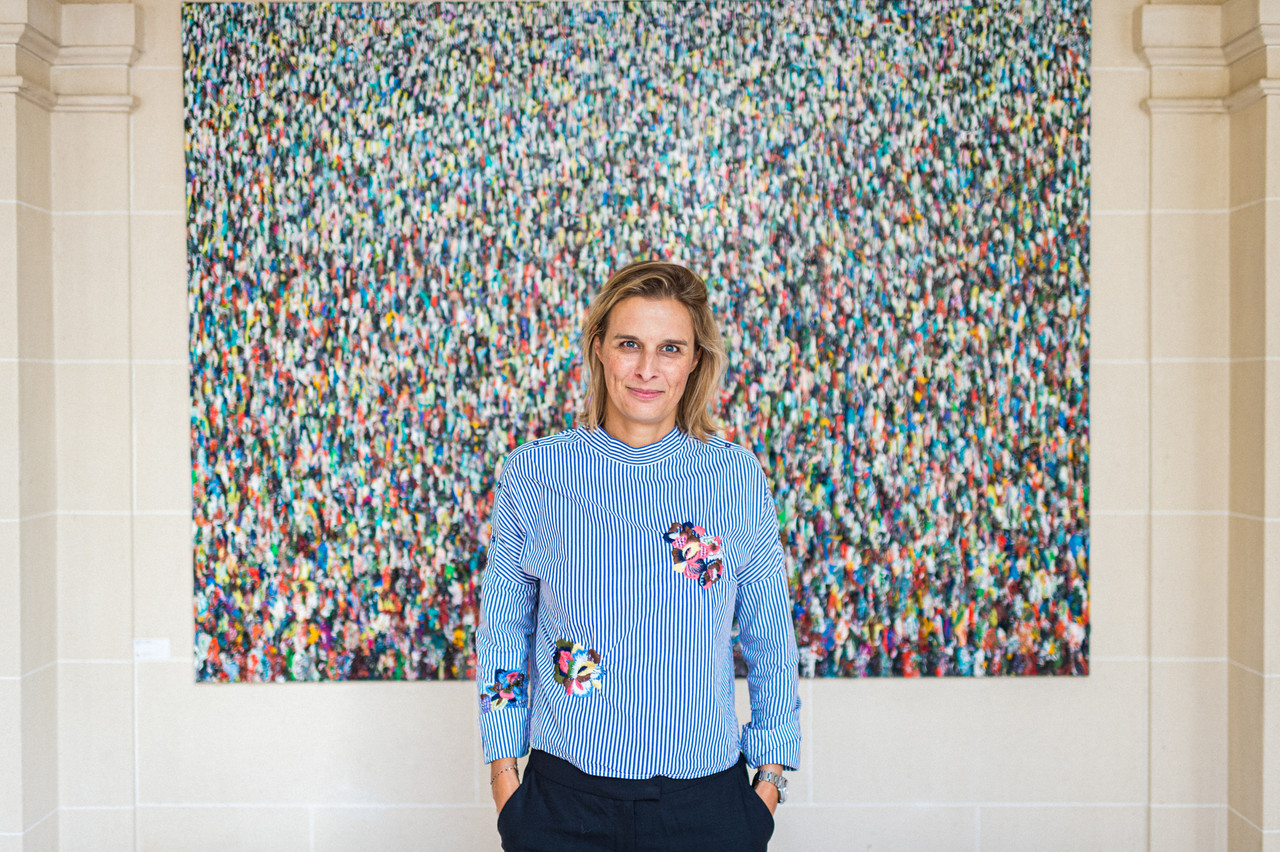For the second time, the European Heritage Days are taking place during the pandemic. What can we expect from this year’s edition?
It was really important to us that events take place physically and not just virtually. This year’s theme is ‘’ and there’s an emphasis on making sites accessible for people who might otherwise not be able to visit. For example, there are walks for people with limited mobility. The castle in Useldange has been refurbished for people with impaired vision. But we also have a programme for children.
There are well-known historic buildings in Luxembourg, like the old post office or the former Arbed building. What are some of the lesser-known heritage sites?
One of the ideas of the Heritage Days is to open buildings that are normally not accessible. This includes lesser-known buildings, such as the Hal Nennig. It’s a hangar that was designed by Luxembourg engineer Emile Nennig. Construction began in 1948. The is another hidden treasure. There are many other places like this.
There is a reform process underway of national heritage laws. How does this respond to criticism that Luxembourg isn’t doing enough to protect its patrimony?
Currently, 1,773 buildings are protected at national level. At commune level, there are 14,690 protected buildings. We know, of course, that more needs to be protected and that this needs to be done more coherently. Work is underway to create inventories of every commune, which already exist in other countries, like France. They’re the basis of the new law. If you look at a commune as a whole, you have a much better view of what should be protected, and buildings will be listed as a group. The inventories will undergo public consultation, and citizens can submit their feedback.
How does the cooperation between communes and the ministry work?
When a building is listed, this concerns the exterior and the interior. At commune level, it’s often just the exterior that’s protected. With the new law, the criteria are becoming much stricter. Buildings that are now protected under national rules might no longer be in future; others might be added. But buildings that might no longer be authentic inside and out could still be important for the commune and its appearance. It’s complementary.
These things often come to public attention when something is being demolished. How do you balance urban development with protecting what’s already there?
The protection of heritage and using space for housing and other needs aren’t mutually exclusive. In the framework of the Heritage Days, we have a conference with examples on how you can refurbish, such as an old school being converted into housing. There’s a fear that when a building is listed, you cannot do anything with it, but a lot is possible. We subsidise remodelling works and the architects of the national monuments service also help to find ideas and solutions.
There are plans to boost heritage tourism in Luxembourg. What potential do you see for the culture ministry to get involved?
We are a part of this topic. Historic sites are an important part of tourism. The monuments service is responsible for managing these sites, making them accessible. That includes castles, but also industrial heritage. We are working on ideas. You only have to watch one nation branding or tourism video and there’s a castle in it.
This interview was first published in the October edition of .
